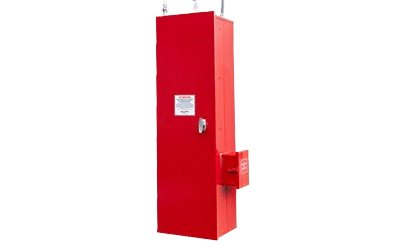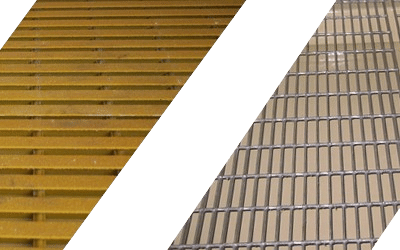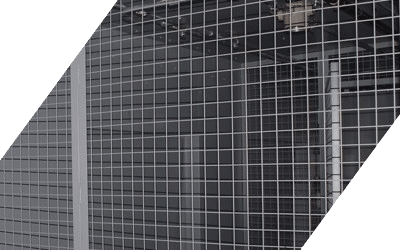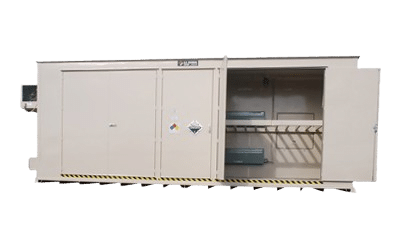Gas Sensors and Other Detection Systems
U.S. Chemical Storage offers multiple types of gas sensors and detection accessories to alert your team of potentially dangerous changes in air quality or hazardous spills. We place a great emphasis on improving employee safety with every building we make. Through our experience, we understand that many accidents involving hazardous material can be prevented by taking the proper precautionary steps and alerting those in charge when leaks happen.
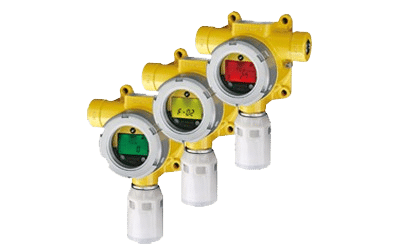
Gas Detection Systems
Types of Gas Sensors and Detection Systems
Explosion Proof Gas Sensors
Explosion proof gas sensors can detect multiple gases, including chlorine, hydrochloric acid, and carbon dioxide. Sensors are also available for acids, hydrides, and combustibles.
Built from epoxy-coated copper-free aluminum or stainless steel, our gas sensors are rated explosion-proof. Because they are intrinsically safe, they do not produce sparks or other hazardous sources of ignition.
Explosion Proof Gas Sensor Display
The explosion-proof gas sensor display produces a readable, graphic representation of sensor and transmitter data measurements. Real-time reporting and warnings about air quality, internal fume concentrations, potential gas leaks, or oxygen levels are generated and displayed. This explosion proof display is designed to contain any internal explosion caused by sparking, but also prevents a larger explosion from occurring inside your chemical storage building.
Liquid Level Detection System
The liquid level detection system is a critical component of monitoring your chemical inventory. It consists of a classified detector located near the bottom of the flat spill containment sump. When liquid is detected, the visual alarm strobe on the roof signals a spill. Both explosion-proof and non-explosion proof options are available.
Temperature Control Sensors
Maintaining a constant temperature throughout the building is of vital importance to the storage of some chemicals. Specify a temperature control sensor to monitor temperatures in all corners of the structure to alert if any fluctuations occur.

*Don’t see a sensor type you need here? We’ve probably installed it into a building before. Be sure to contact us and ask.
Features & Benefits
- Weather-resistant steel construction
- Chemical & UV resistant coating
- Can be manufactured to meet EPA, NFPA 30 and NFPA 1
- Continuously welded, leak-tested sump
- Walk-in or rack style available
- 15-year structural warranty
Common Applications
- Hazardous Waste Storage
- Flammable and Combustible Storage
- Paint and solvent Storage
Downloadable Information & Fact Sheets
- Drawing: 2-Hour Bi-Direction Fire Rated Building (FL6115)
- Design Your Explosive Storage Magazine
- Warranty on Building & Accessories
- Buy or Build Chemical Storage Brochure
- Infographic: Choosing a Chemical Storage Building
- FireLoc 1-page Sheet
Compliance & Approvals
At U.S. Chemical Storage we strive to give you the best solution for your operations. This building and its accompanying accessories can be engineered to meet the following approvals and certifications based upon your unique set of needs.
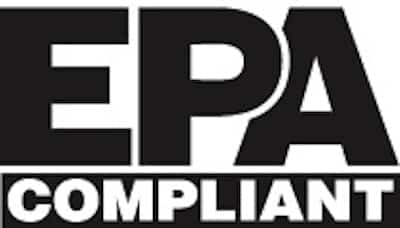
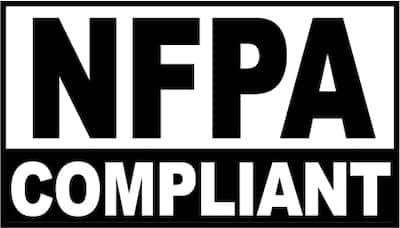
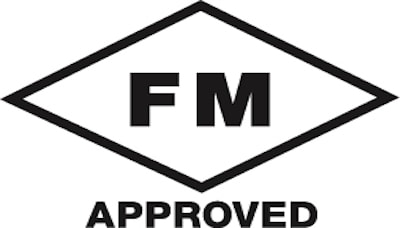
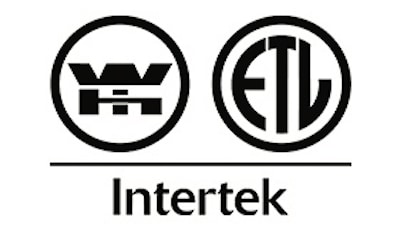
Frequently Asked Questions
First consult the Safety Data Sheet (SDS) to determine the type of chemical you’re storing and any storage requirements listed. There are two main classifications of buildings to consider: fire-rated and non-fire-rated steel buildings.
There are three main questions you should answer before engineering or design can begin on your building: what is to be stored, how much of it is being stored, and where is the location it will be stored? You will also need to consult with your local “Authority Having Jurisdiction” (AHJ) or local code expert to determine your area’s specific storage building requirements.
Our team at U.S. Chemical Storage has a wealth of knowledge, experience, and resources to help analyze your storage needs, but the final approval is made by the local AHJ, so you will need to ultimately ask them about your requirements early in the planning process.
The definition of a “sump” is a pit or reservoir providing containment for spilled liquids. U.S. Chemical Storage offers leak-proof spill containment sumps in each standard model. All our sumps are tested for leaks for a 24-hour period prior to finishing. The sump is then covered by a steel or fiberglass floor grating and can even be equipped with a resistant plastic sump liner to protect against corrosive chemical accidental spills. The size of the sump is dictated by code based on the volume of liquid being stored within the building.
Building size is determined by the amount of hazardous material you are planning to store, the need for occupancy or inspection around these materials, and must take into consideration the most efficient way of moving these materials into and out of your chemical storage building.
Location of the building can be either inside another building or outside to fit your needs. Fire Separation, which is the amount of fire rating required between two occupancies, or the separation distance between those two occupancies, is determined by the type of chemical or hazard being stored, and distances between buildings, egress pathways, or environmental features. To determine the required fire separation, it is best to consult with your local code authority. Inside another building or within 10 feet of another building, you’ll be required to have a 4-hour fire rating. If your hazmat storage building is located at distances 30 feet or greater your building may not be required to have a fire rating at all.
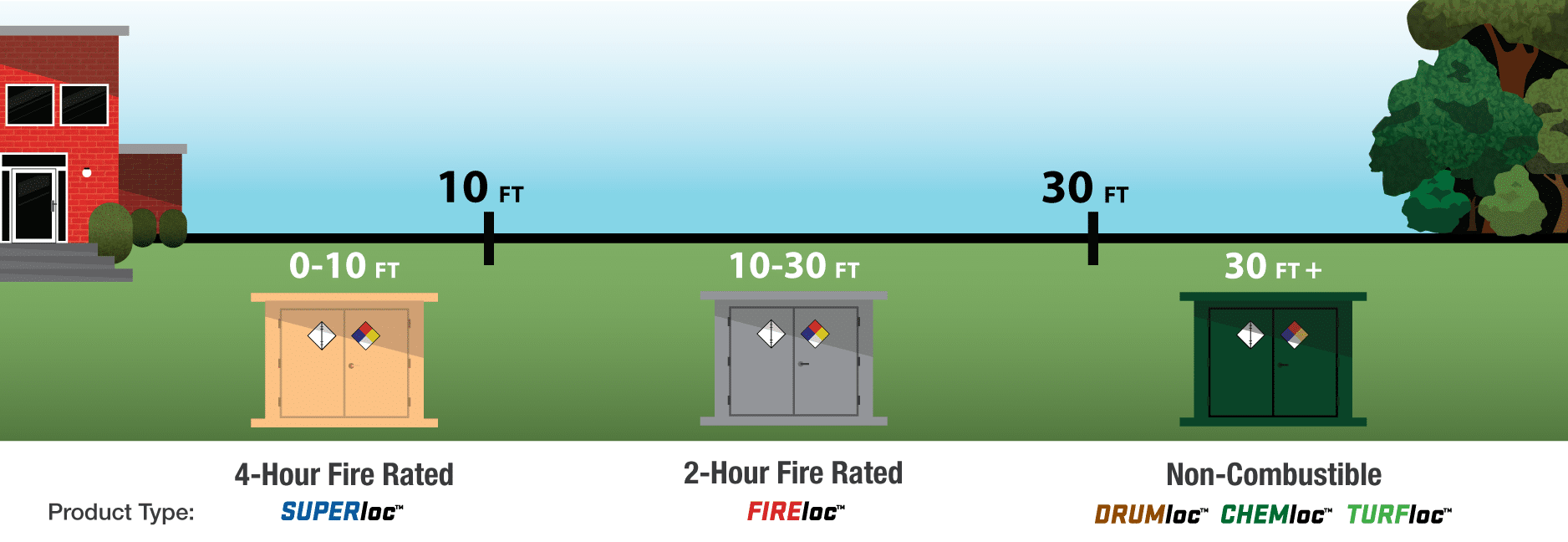
Request a Quote
RELATED PRODUCTS
Fire Suppression
Our fully customizable and compliant fire suppression systems and accessories help save lives and costly materials in the event of an emergency.
Flooring
Finding the right flooring for your chemical storage building is easy with the many U.S. Chemical Storage options.
Partition Walls
Segregating chemicals with partition walls allows for the storage of multiple chemicals inside the same chemical storage building.
Racks and Shelves
Let U.S. Chemical Storage help you get organized with a full line of storage racks and shelves to keep your chemicals sorted.
RELATED ARTICLES
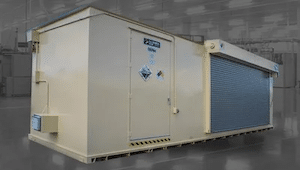
How To Store Lithium Batteries
Lithium batteries are often used in today’s electronic environments.
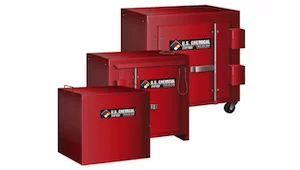
Explosive Storage Magazines
Prevent accidents by storing your high and low explosives properly.
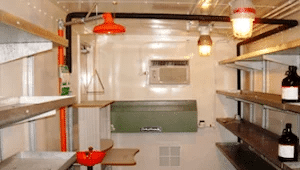
Pharma Hazmat Storage
This manufacturing process needed a compliant 90 day storage solution.


